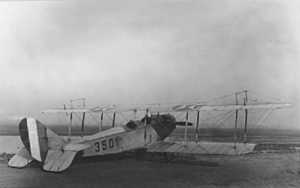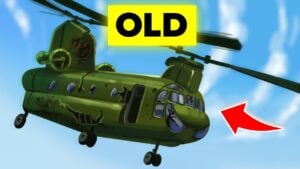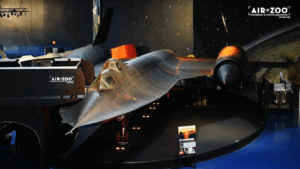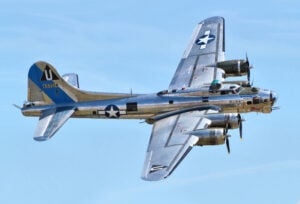Hawker Tempest vs. Lavochkin La-7: The Best Low-Altitude Fighters of WWII

YouTube / AllthingsWW2
In the final years of World War II, two fighter planes stood out for their amazing speed and power at low altitudes: the British Hawker Tempest and the Soviet Lavochkin La-7. Both were built to dominate the skies close to the ground, where most air battles actually happened.
Design and Power
The Hawker Tempest was a newer version of the earlier Typhoon fighter. It had a thinner wing for better speed and control, and it used a very powerful Napier Sabre II engine with more than 2,000 horsepower. At low altitudes, the Tempest could reach about 435 mph (700 km/h), making it one of the fastest planes in Europe.
The Lavochkin La-7 was the final and best model in a long line of Soviet fighters. It was powered by a Shvetsov ASh-82FN radial engine, reaching speeds of about 426 mph (685 km/h). The plane was light, quick to accelerate, and very agile, perfect for sharp turns and fast, close dogfights.
In Combat
The Tempest made a big impact in Western Europe. It destroyed Germany’s deadly V-1 flying bombs and engaged advanced enemy aircraft, such as the Fw 190D and Me 262 jet. Armed with four 20mm cannons, it could easily bring down both fighters and bombers.
Meanwhile, on the Eastern Front, the La-7 became the favorite of many Soviet pilots. It was the aircraft of Ivan Kozhedub, the top Allied ace of the war. The La-7’s strength was its excellent control and climbing ability, which helped Soviet pilots beat German fighters such as the Bf 109 and Fw-190 in close battles.
Handling and Tactics
The Tempest was heavier and less agile, but it was very stable and performed well in high-speed dives. Pilots often used “boom-and-zoom” tactics, diving in fast, firing, then climbing away before the enemy could react.
The La-7, being lighter, could turn and climb quickly. It was great for fast, twisting dogfights, though it didn’t perform as well at higher altitudes or over long distances.
Verdict
The Hawker Tempest was a powerhouse- fast, durable, and deadly at low levels, ideal for the mixed air and ground combat of Western Europe. The La-7 was more agile and arguably a purer dogfighter, dominating the lower skies of the Eastern Front through finesse and raw engine performance.
Both aircraft represented the pinnacle of piston-driven fighter evolution in their theaters, standing as testaments to the engineering brilliance of wartime Britain and the Soviet Union.




















